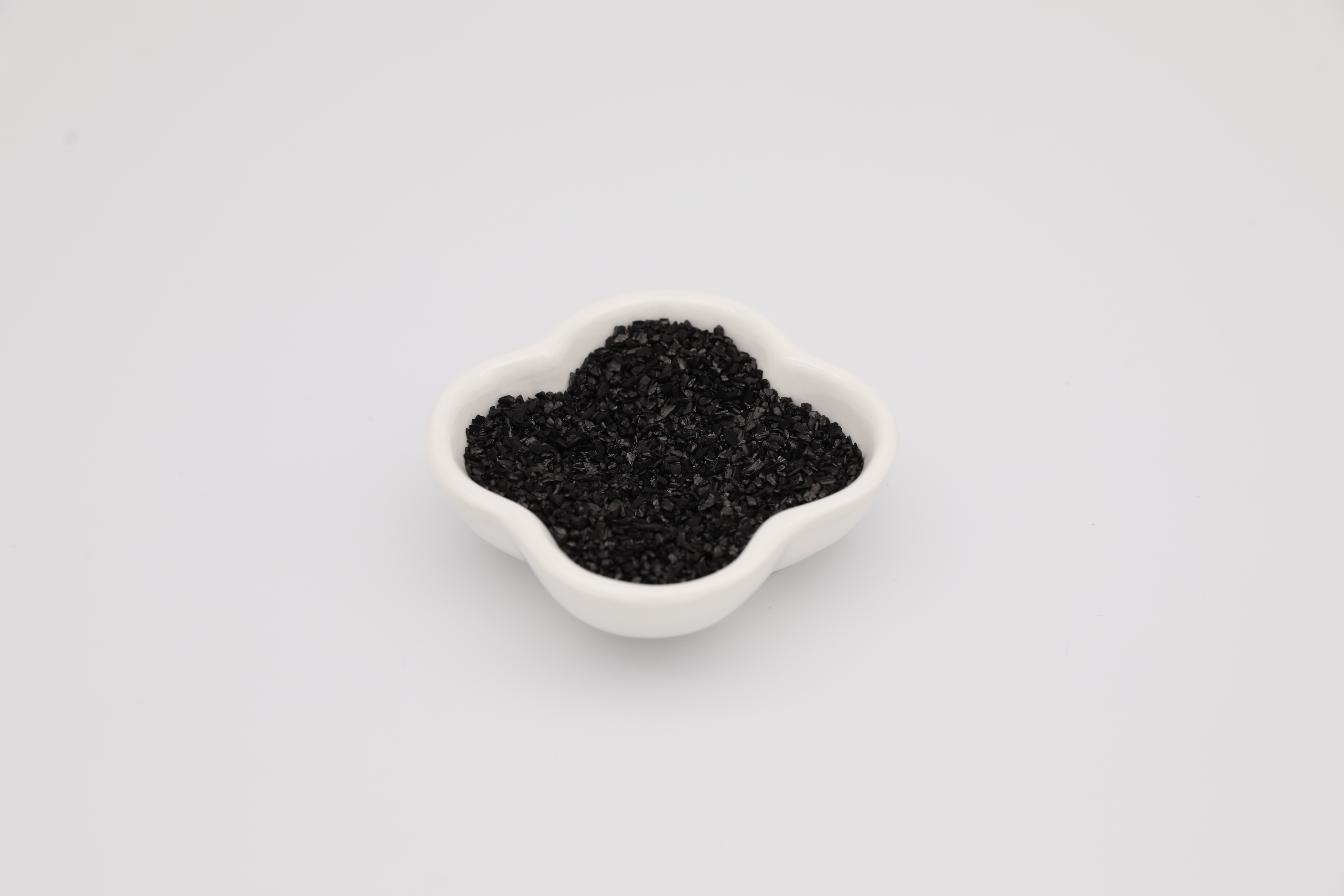In the treatment of volatile organic compounds (VOCs), the selection of adsorbents is crucial. Activated carbon, as a commonly used adsorbent, has broad application prospects. The following is a detailed analysis of its use in VOCs treatment:
1. Characteristics of Activated Carbon
Activated carbon exhibits excellent adsorption capacity due to its loose and porous structure, high specific surface area, and large pore volume. Its non-polar and hydrophobic nature makes it highly affinity for organic gases, enabling it to effectively adsorb benzene compounds, aldehydes and ketones, alcohols, hydrocarbons, and other VOCs, as well as odorous substances.
2. Types of Activated Carbon
Activated carbon can be classified based on raw material sources and applications:
By Raw Material Source:
- Coal-based Carbon: Made from coal, it has high mechanical strength and strong adsorption capacity.
- Shell-based Carbon: Made from coconut shells, walnut shells, etc., with uniform pore distribution, suitable for adsorbing small-molecule organic compounds.
- Wood-based Carbon: Derived from wood, with larger pore sizes, making it suitable for adsorbing macromolecular organic compounds.
By Application:
- Granular Activated Carbon (GAC): Suitable for treating complex mixtures of organic gases, featuring a wide pore size range and strong adaptability.
- Honeycomb Activated Carbon: Designed for large air volumes and low-concentration mixed gases, offering low bed resistance and suitable for large-area applications.
- Activated Carbon Fiber (ACF): Ideal for single-component organic compounds without macromolecules, offering high adsorption capacity, fast adsorption speed, easy desorption, and long service life.
3. Selection Principles of Activated Carbon
Choosing the appropriate type of activated carbon depends on specific treatment requirements:
- For single-component gases without macromolecules: Activated carbon fiber is preferred due to its high adsorption capacity, fast adsorption speed, easy desorption, and long lifespan.
- For complex mixtures of organic gases: Granular activated carbon is recommended, as its wide pore size range accommodates various molecular kinetic diameters.
- For large air volumes and low-concentration mixed gases: Honeycomb activated carbon is the best choice, as it reduces bed resistance and maximizes the adsorption bed area.
4. Application Examples
- Industrial Exhaust Gas Treatment: Activated carbon is widely used in industries such as chemicals and pharmaceuticals to treat VOC-containing exhaust gases, including benzene, toluene, and xylene.
- Indoor Air Purification: Activated carbon filters are used in air purifiers to effectively remove harmful gases such as formaldehyde and benzene.
- Odor Gas Treatment: In waste treatment plants and sewage treatment facilities, activated carbon is used to adsorb odorous substances such as hydrogen sulfide and ammonia.
5. Key Considerations
- Regeneration and Replacement: Activated carbon needs to be regenerated or replaced after reaching adsorption saturation to maintain its effectiveness.
- Safety Precautions: When dealing with flammable and explosive VOCs, fire and explosion prevention measures for activated carbon must be considered.
- Economic Considerations: The choice of activated carbon should balance treatment effectiveness and economic costs, depending on the concentration and flow rate of the treated gases.
Activated carbon has extensive applications in VOCs treatment. Selecting the appropriate type and optimizing its application can significantly enhance VOCs treatment efficiency, contributing to environmental protection and human health.
Post time: Mar-07-2025


